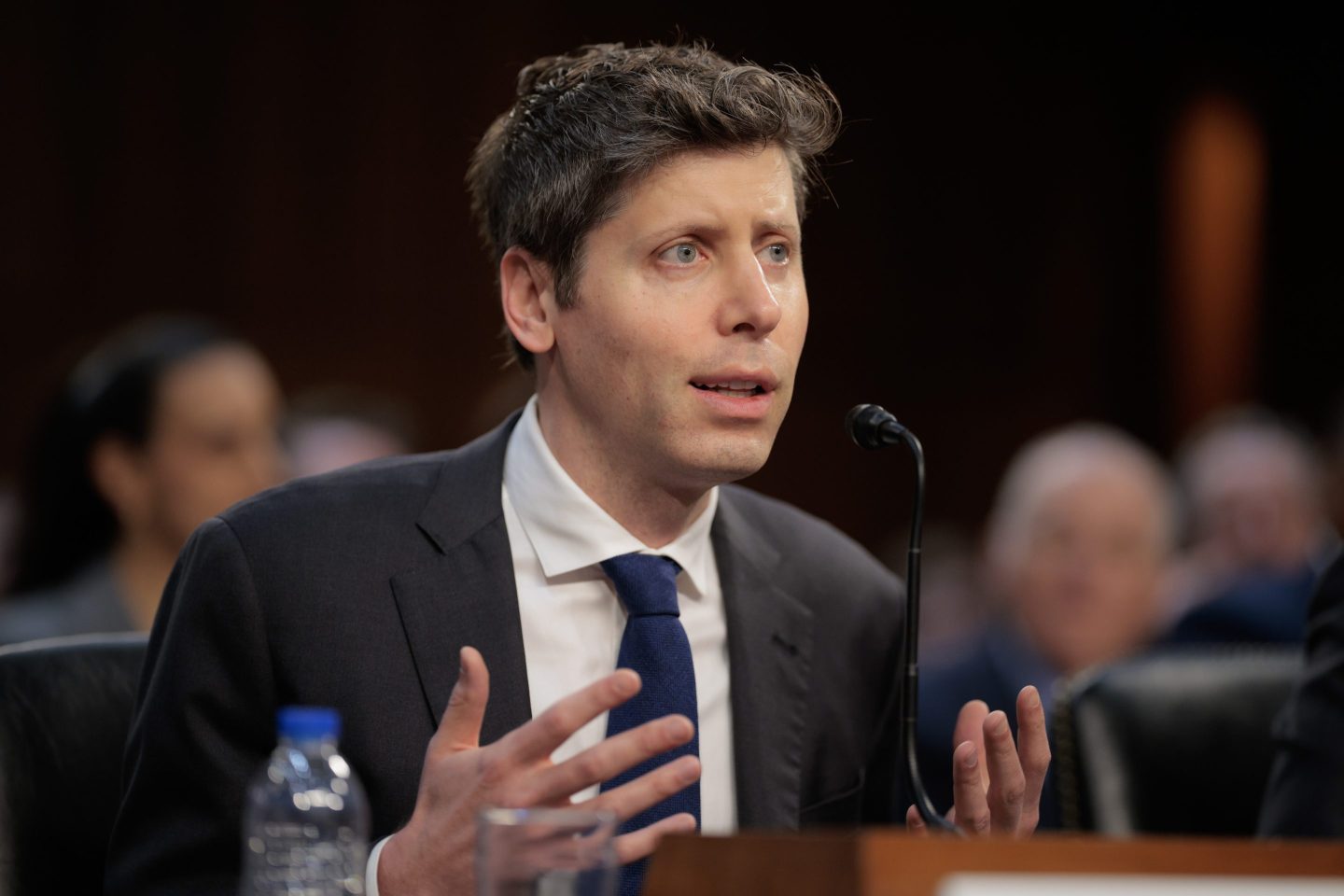In talks about AI, all roads lead back to efficiency. From workplace productivity tools to personal chatbots, AI technologies are often pitched as time-savers that can make our lives easier and take over our most tedious tasks. When it comes to drug discovery, however, the efficiencies made possible by AI might just actually save lives.
“We’re at a hinge moment in the biopharmaceutical industry where biotechnology and technology are coming together in a way that’s changing the way drugs are designed and developed,” said Scott Skellenger, Amgen VP of digital, technology, and innovation, at the Fortune Brainstorm AI conference in San Francisco.
Skellenger spoke alongside Ginkgo Bioworks VP of AI enablement Dmitriy Ryaboy and Rory Kelleher, Nvidia’s global head of life sciences business development, during a morning strategy session focused on AI’s role in drug discovery and clinical trials. Beyond how their companies are using AI and machine learning to advance the discovery and creation of new drugs, the executives discussed the changing role labs will play, the challenges of transforming the process with AI, and the role of data.
One of the key transformations is the fundamental shift in which companies are using AI and machine learning technologies to model and test potential drugs in silico prior to validating them in wet labs. This in silico testing, which refers to conducting drug experiments with AI modeling rather than in physical labs, is making it possible to design needed drugs with intention, rather than discover them through the historical “find and test” process. This can reduce both the research and development cycles of lifesaving drugs, according to Skellenger.
“I often think, and someone once told me, that discovery and bringing drugs to market is all around identifying the cause of biology, poring over the chemistry, and then innovating like crazy to get that therapy to patients,” said Kelleher. “Think about it—AI can be implemented at every stage of that pipeline. And so we’re thinking about, how do we democratize those capabilities so that we can decrease the failure rate? If you decrease the failure rate, you reduce the cost and time it takes to market. And there are thousands of diseases with unmet needs, so we think that’s really, really important work.”
Wet labs, where drugs are analyzed using physical samples, and where biomedical companies have historically done much of their testing, aren’t going away, however, according to the executives. There will still need to be a “lab in the loop,” as Kelleher put it, but the role of wet labs and their place in the process is changing.
Overall, overhauling the entire drug discovery pipeline may deliver new lifesaving drugs, but these changes currently present several difficult challenges.
“This field is moving extremely fast, and we’re still in the infancy. You need the right people,” said Ryaboy, adding that there are a lot of technology challenges, data challenges, and process challenges. To get it right, he said companies need algorithm and AI expertise to build models, massive amounts of compute, and differentiated data.
“We find that just by adding more data that the models haven’t seen, they become more powerful, and then we can apply that to Ginkgo-specific problems,” he said.













